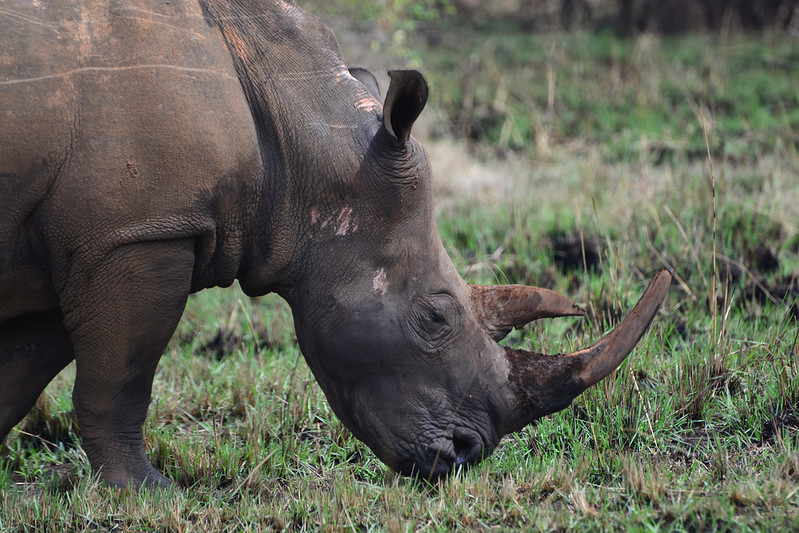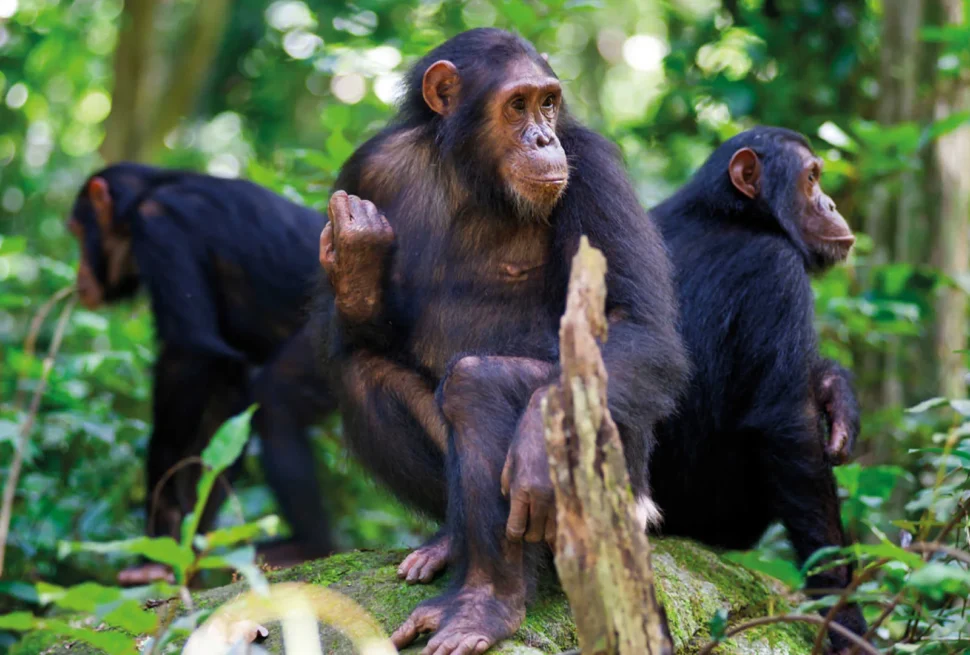When is the Best Time to Go Uganda Gorilla Trekking?
A once-in-a-lifetime chance to see mountain gorillas in their native environment presents itself during a gorilla trekking adventure in Uganda. Set in the verdant jungles of Mgahinga Gorilla National Park and Bwindi Impenetrable National Park, the expedition follows the plight of the mountain gorillas, an endangered species. Prospective trekkers often inquire, “When is the best time to go gorilla trekking in Uganda?”
You may go gorilla trekking in Uganda at any time of year, although there are better times than others. This article delves into the many seasons in Uganda and what to anticipate during each one, so you can plan your gorilla trekking trip accordingly.
When the Rains Are Low: The Perfect Season to Go Gorilla Trekking
Most people agree that the two separate dry seasons in Uganda are ideal for gorilla trekking. June–September and December–February are the months when it’s dry.
When is the Dry Season Best?
Improved Terrain for Hiking: While hiking through Bwindi and Mgahinga’s forests during the dry season, you won’t have to worry as much about slipping and mud. The lack of severe rains makes the terrain more doable, however it is still tough owing to the steep and deep forest.

It is easier to see animals, such as gorillas, during the dry season since there is less vegetation to obscure the forest floor. You have a better possibility of seeing animals since they congregate around recognized water sources as a result of the decreased water supply.
While the weather in Uganda’s tropical rainforest is never certain, visitors may expect more stable and pleasant conditions throughout the dry seasons. Because of this, hiking will be less of a hassle when it rains.
Details to Keep in Mind During the Dry Season
There is a dramatic increase in tourism during the dry season due to the widespread belief that this is the ideal time to go gorilla trekking. It is vital to reserve your lodgings and gorilla trekking permits well in advance during these months since they tend to sell out rapidly. Lodges and excursions also tend to charge more during this season because of the surge in demand.
An Unforgettable Hiking Adventure During the Wet Seasons
The rainiest months in Uganda are March–May and October–November. Gorilla trekking during these months isn’t as common, but daring tourists may find other, more appealing options.
When it rains, the Bwindi and Mgahinga woods really come to life. As the foliage becomes thicker and more colorful, you’ll feel like you’re in a real jungle. During these months, the rivers and waterfalls are at their most spectacular, creating an unmatched visual grandeur.
Since the rainy season is not Uganda’s busiest tourist season, you should expect to see less people on your hike. Trekking in the wetter months gives you the chance to have a more secluded and personal experience.
During the rainy season, many lodges and safari operators offer discounted pricing, making it a more budget-friendly alternative for guests. Gorilla trekking permits are also easier to get by and may be secured with less time in advance.
Things to Think About During the Wet Season
There are unique difficulties to trekking during the wetter months. The path may become quite slick and muddy in the forest, which makes hiking much more challenging. You should bring appropriate clothing and footwear, including boots and coats that can withstand water. Also, the weather isn’t always predictable, and even if the showers are usually brief, they may still ruin your walk.
The driest months of June through September and December through February are prime time for photographers due to the optimal lighting conditions. Clearer sky and less clouds mean more natural light, which means you have a better opportunity of taking breathtaking photos of the gorillas in their lush habitat. Additionally, your equipment is less likely to be damaged by rain or moisture during the dry season.
Nevertheless, if you want to take pictures of the forest in all its glory, the best time to do it is during the rainy season, when the haze makes for a dramatic background. Just make sure your camera gear is watertight.
No matter the time of year, walking with gorillas can be a physically taxing experience. Where the gorilla family lives determines the level of difficulty of the walk, which might include anything from a leisurely stroll to an arduous ascent through dense forest. When it’s dry, the trails aren’t too difficult to walk, but when it rains, mud and slick pathways may make it difficult.
During the dry season, visitors to Uganda may enjoy gorilla trekking and other wildlife activities. Safaris to Murchison Falls National Park or Queen Elizabeth National Park sometimes include gorilla trekking. In the dry months, when animals gather near water sources to make themselves seen, these places are great for seeing the Big Five and other species.
Last Thoughts: When Is the Best Time to Go?
In the end, your priorities and preferences will determine the ideal time to go gorilla trekking in Uganda:
The months of June through September and December through February are the driest, making them perfect for hiking and generally easier.
Think about going during the rainy season if you want to avoid crowds and save money, particularly if you’re game for some adventure.
You will never forget your up-close contact with these magnificent animals on gorilla trekking in Uganda, no matter when you go. It is a very gratifying experience. To get the most of your once-in-a-lifetime gorilla trekking expedition, be sure to come prepared and be open to the splendor of Uganda’s ever-changing environment.


